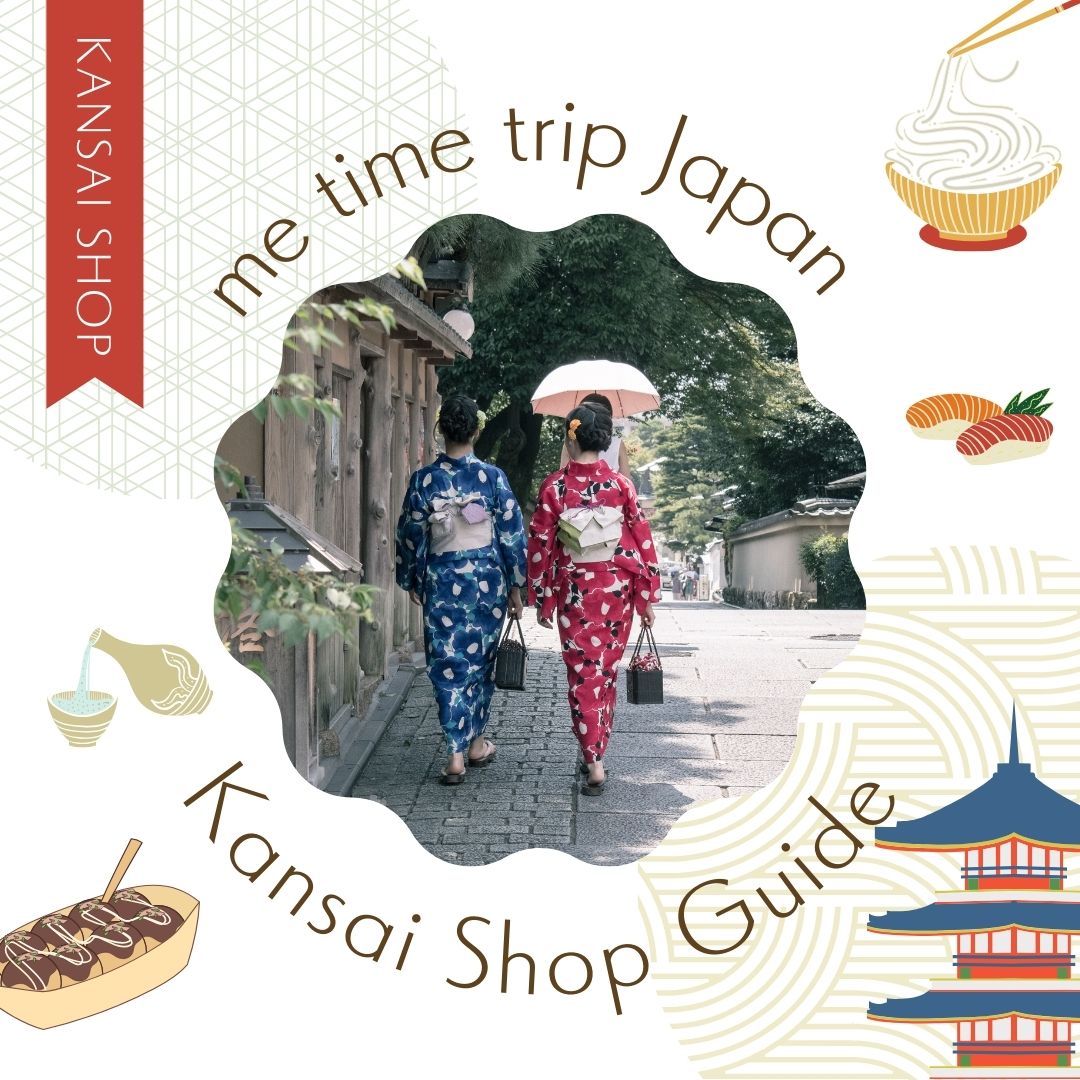In recent years, Japanese fruits have gained tremendous popularity among foreign visitors. Perhaps due to the meticulous and detail-oriented nature of the Japanese people, Japan produces delicate, delicious, and large fruits throughout the country. In this guide, we will explore the types of fruits found in Japan and share some recommendations. Additionally, we will introduce fruit-producing regions in the Kansai area. We hope you can enjoy these gourmet delights during your travels.
When Is Fruit in Season?
Just like with other foods, fruits have their peak seasons. Whether it’s fish, vegetables, or fruits, there’s an ideal time for harvesting, which is referred to as “in season.” In this section, we’ll provide a general overview of when various fruits are typically in season. Keep in mind that Japan’s geographical length from north to south means that the exact timing of the fruit seasons may vary by location, so consider this as a rough guide.
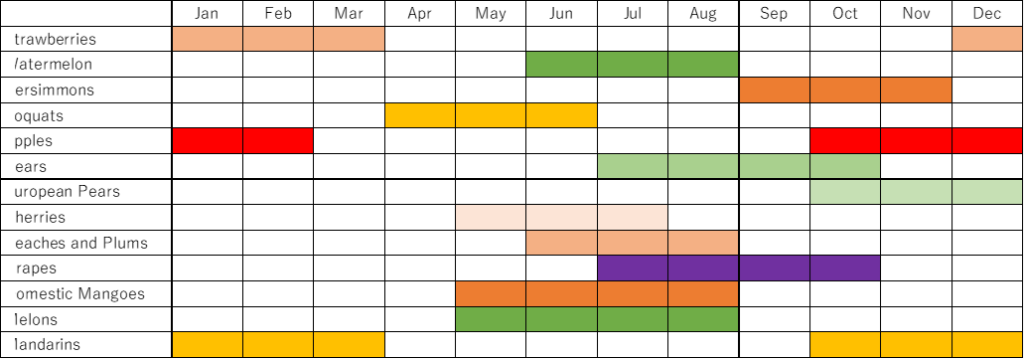
In addition to these, there are many other types of fruits available, and recently, there have been significant advancements in quality. You can find high-end fruits ranging from a few hundred yen to several thousand yen per piece. Next, we will introduce some of these luxurious fruits.
Japan’s Renowned Luxury Fruit Brands
Strawberries
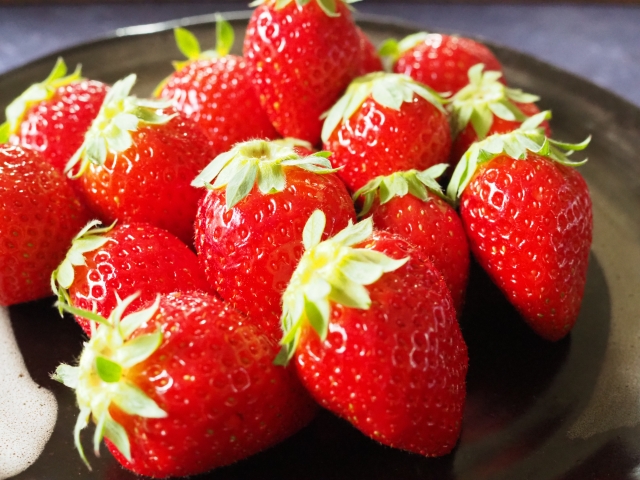
Japanese strawberries are famous around the world, and the premium strawberries grown in greenhouses from December to March are very popular for their beautifully balanced acidity and sweetness, as well as their large, beautiful appearance. Here are some representative brands.
| Varieties | Main Regions |
| Kotoka | Nara Prefecture |
| Skyberry | Tochigi Prefecture |
| Hakata Amaou | Fukuoka Prefecture |
| Bijin Hime | Gifu Prefecture |
| Kirabika | Shizuoka Prefecture |
Watermelon
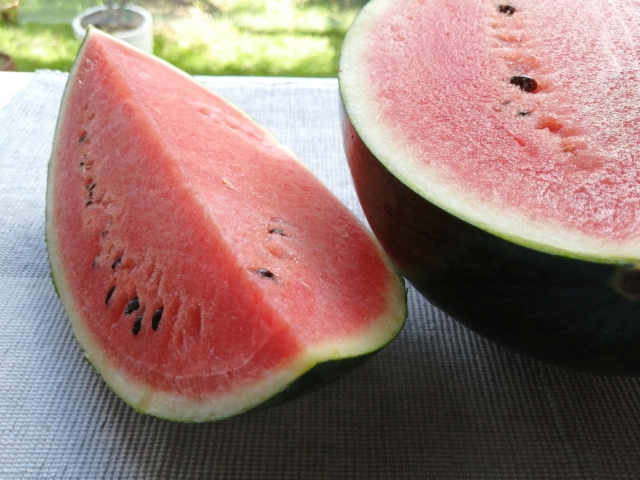
When summer arrives, one can’t help but crave watermelon. The tradition of tapping a watermelon lightly to judge its quality by the sound it makes is a quintessential Japanese scene. People also enjoy a game called “Suikawari,” where participants, blindfolded, attempt to split a watermelon using a stick. If they manage to hit it correctly, it’s considered a success, with onlookers providing guidance to the challengers. While watermelon is often associated with everyday fruit, there are also premium varieties available.
| Varieties | Main Regions |
| Daiei Watermelon | Tottori Prefecture |
| Tomisato Watermelon | Chiba Prefecture |
| Ueki Watermelon | Kumamoto Prefecture |
| Ohanasawa Watermelon | Yamagata Prefecture |
| Densuke Watermelon | Hokkaido |
Persimmon
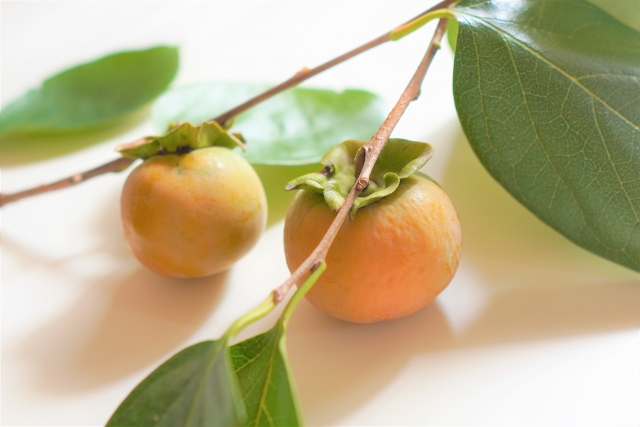
In Japan, you’ll often find persimmon trees in the yards of homes, making it a very familiar fruit. Persimmons come in two main types: astringent and non-astringent. Non-astringent persimmons can be eaten fresh or used to make jams, offering a variety of uses. Astringent persimmons are often dried before consumption. The sight of persimmons hanging from the eaves of houses in the countryside is a nostalgic scene that some people might find quite charming.
| Varieties | Main Regions |
| Mishirazu Persimmon | Fukushima Prefecture |
| Kinokawa Persimmon | Wakayama Prefecture |
| Shonai Persimmon | Yamagata Prefecture |
| Hirose Persimmon | Yamanashi Prefecture |
European Pear
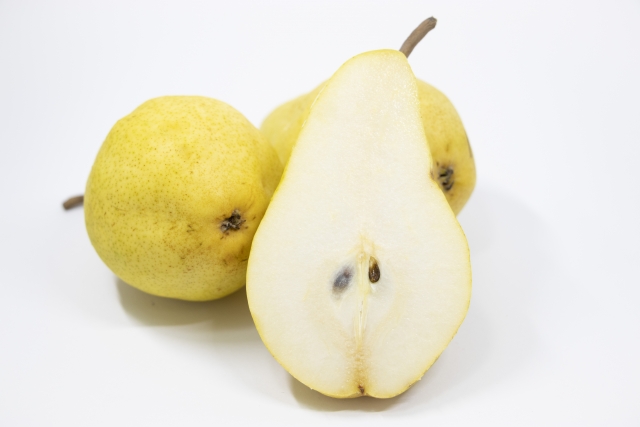
While Japanese pears, known as “Nashi,” are more commonly enjoyed in Japan, there are around 20 varieties of European pears cultivated domestically. These European pears are known for their smooth texture and rich aroma, and they have become increasingly popular and can often be found in supermarkets.
| Varieties | Main Regions |
| La France Pear | Yamagata Prefecture |
| Bartlett Pear | Hokkaido |
| Doyenne du Comice Pear | Yamagata Prefecture |
| Le Lectier Pear | Niigata Prefecture |
Cherries
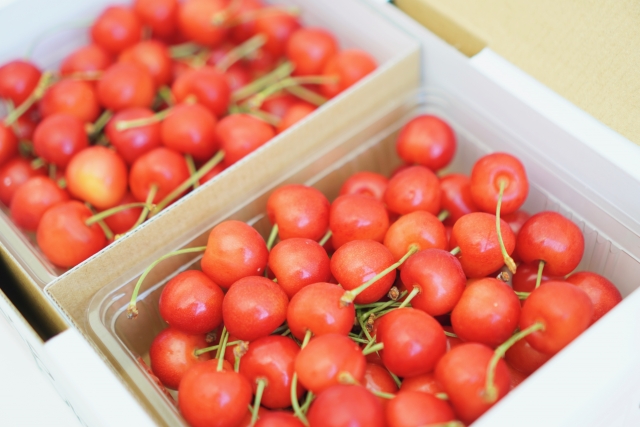
Cherries are often associated with cherry blossoms, which are famous for hanami, or cherry blossom viewing. It’s important to note that cherry trees and cherry blossom trees are different; cherries are the fruit of cherry trees. In Japan, there are approximately 30 different cherry varieties grown, characterized by their small, cute, and red fruit with mostly white flesh. They are quite distinct from the large, red-fleshed American cherries commonly imported from the United States.
| Varieties | Main Regions |
| Satonishiki | Yamagata Prefecture |
| Napoleon | Fukushima Prefecture |
| Takasago | Yamanashi Prefecture |
| Benihouhou | Yamagata Prefecture |
Grapes
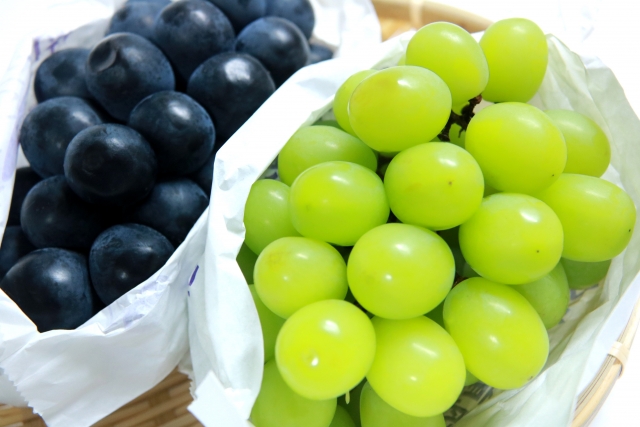
Grapes are one of the convenient and popular fruits that can be enjoyed easily. They have seen significant improvements in their varieties, with differences in skin color, texture, and aroma. Grapes can also be processed into various products such as wine, raisins, and juice, providing a variety of ways to enjoy them. While grape seeds used to be an inconvenience, nowadays, there are plenty of seedless varieties available.
| Varieties | Main Regions |
| Shine Muscat | Nagano Prefecture |
| Seto Giants | Okayama Prefecture |
| Kyoho | Nagano Prefecture |
| Queen Nina | Nagano Prefecture |
Mikan
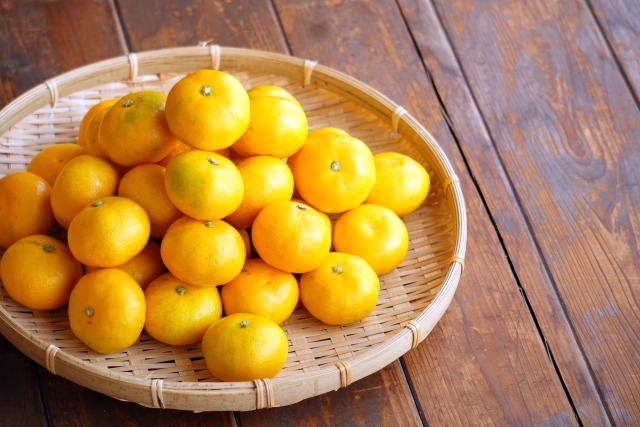
Mikan is another easily enjoyed fruit. The scene of eating mikan in the warmth of a kotatsu during the winter is a common sight not only in the Showa era but also in the present Reiwa era. Written in kanji as “蜜柑,” mikan conveys the meaning of sweet citrus like honey. Like other fruits, exceptionally sweet varieties have been favored in recent years.
| Varieties | Main Regions |
| Arita Mikan | Wakayama Prefecture |
| Kurenai Madonna | Ehime Prefecture |
| Dekopon (Citrus reticulata ‘Dekopon’) | Ehime Prefecture |
| Mikawa Mikan (Aoshima Mikan) | Shizuoka Prefecture |
Enjoying Luxury Fruits in Kansai
When it comes to the fruit-producing regions in Kansai, Wakayama Prefecture takes the spotlight. Thanks to its warm climate, it’s particularly renowned for plums, peaches, and persimmons. Additionally, although not widely recognized, Osaka and Hyogo are known for their abundant fig harvests.
Limited are the fruits that are considered local specialties in Kansai, but thanks to the region’s urban centers with numerous stores, you can savor fruits from all over Japan in various places. Department stores sell premium fruits neatly packed in impressive boxes. Some are even pre-cut and conveniently packaged for you to purchase and enjoy easily. Additionally, you’ll find juice bars that use high-end fruits, and during the summer, you’ll often come across shaved ice desserts piled high with an abundance of fruits. When you visit Kansai, be sure to explore the department stores and shopping malls, and why not try a tasting of the season’s finest fruits?


